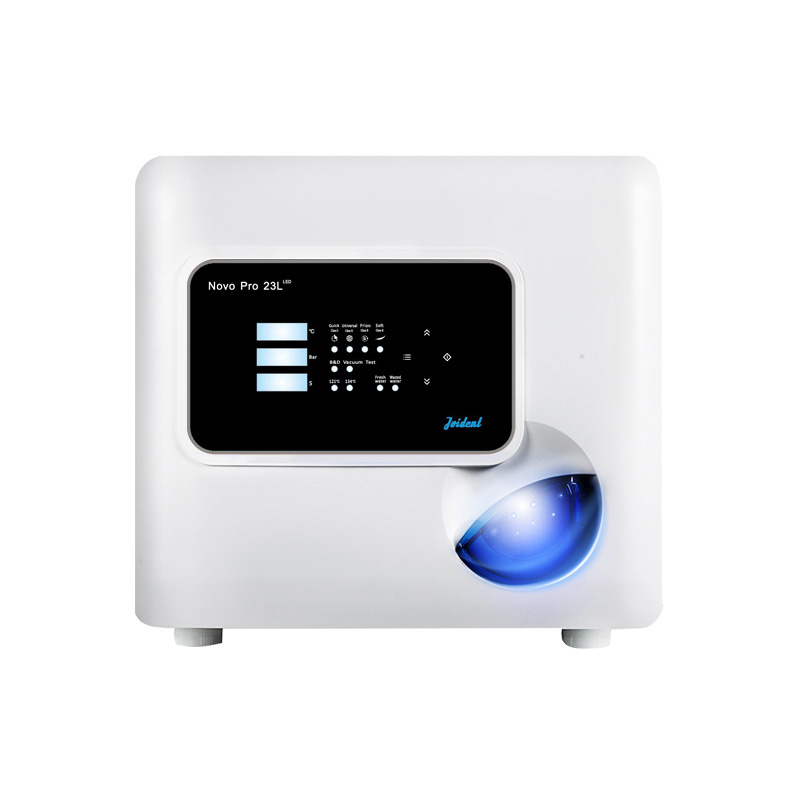Dental Autoclaves: The Essential Sterilization Solution for Every Dental Clinic
2025-06-18
In dental clinics, patient safety and hygiene are paramount. One critical piece of equipment that ensures a sterile environment is the dental autoclave. These devices are indispensable for sterilizing dental instruments, eliminating harmful bacteria, viruses, and spores to prevent cross-contamination. If you’re a dental professional or clinic manager, understanding the importance and functionality of dental autoclaves can help you maintain the highest standards of care.

What Is a Dental Autoclave?
A dental autoclave is a specialized sterilization device that uses pressurized steam to kill microorganisms on dental instruments and equipment. By exposing tools to high temperature and pressure for a set period, autoclaves achieve thorough sterilization—something that chemical disinfectants alone cannot guarantee.
Why Are Dental Autoclaves Vital?
Prevent Infection: Proper sterilization is the first line of defense against infections in dental procedures.
Comply with Regulations: Health and safety standards, such as those set by the CDC and OSHA, mandate the use of autoclaves in dental practices.
Protect Patients and Staff: Sterile instruments reduce the risk of disease transmission for both patients and healthcare providers.
Types of Dental Autoclaves
1. Gravity Displacement Autoclaves
These operate by pushing air out of the chamber using gravity as steam enters. They are common, cost-effective, and suitable for simple sterilization needs.
2. Pre-vacuum (Vacuum) Autoclaves
These autoclaves remove air mechanically before steam enters, ensuring steam penetrates more effectively for faster and more reliable sterilization. Ideal for complex instruments.
3. Dry Heat Autoclaves
Use hot air instead of steam. Less common in dentistry, but useful for instruments sensitive to moisture.
Key Features to Consider When Choosing a Dental Autoclave
Chamber Size: Should accommodate your daily instrument load.
Cycle Time: Faster cycles increase clinic efficiency.
Ease of Use: Intuitive controls and digital displays help staff operate the autoclave correctly.
Validation and Monitoring: Features like automatic printouts and validation tests ensure sterilization effectiveness.
Safety Features: Pressure and temperature sensors, door locks, and alarms enhance safety during operation.
Best Practices for Using a Dental Autoclave
Pre-clean Instruments: Remove debris before sterilization.
Load Properly: Avoid overcrowding to ensure steam penetration.
Follow Manufacturer Instructions: Use recommended cycle times and temperatures.
Regular Maintenance: Schedule routine checks and cleaning to keep your autoclave functioning well.
Record Keeping: Maintain sterilization logs for compliance and traceability.
Conclusion
A dental autoclave is a cornerstone of infection control in dental clinics. Investing in a reliable and efficient autoclave not only safeguards patient health but also protects your practice’s reputation by meeting strict hygiene standards. Whether you’re upgrading your equipment or setting up a new clinic, choosing the right dental autoclave is essential for delivering safe, professional dental care.


